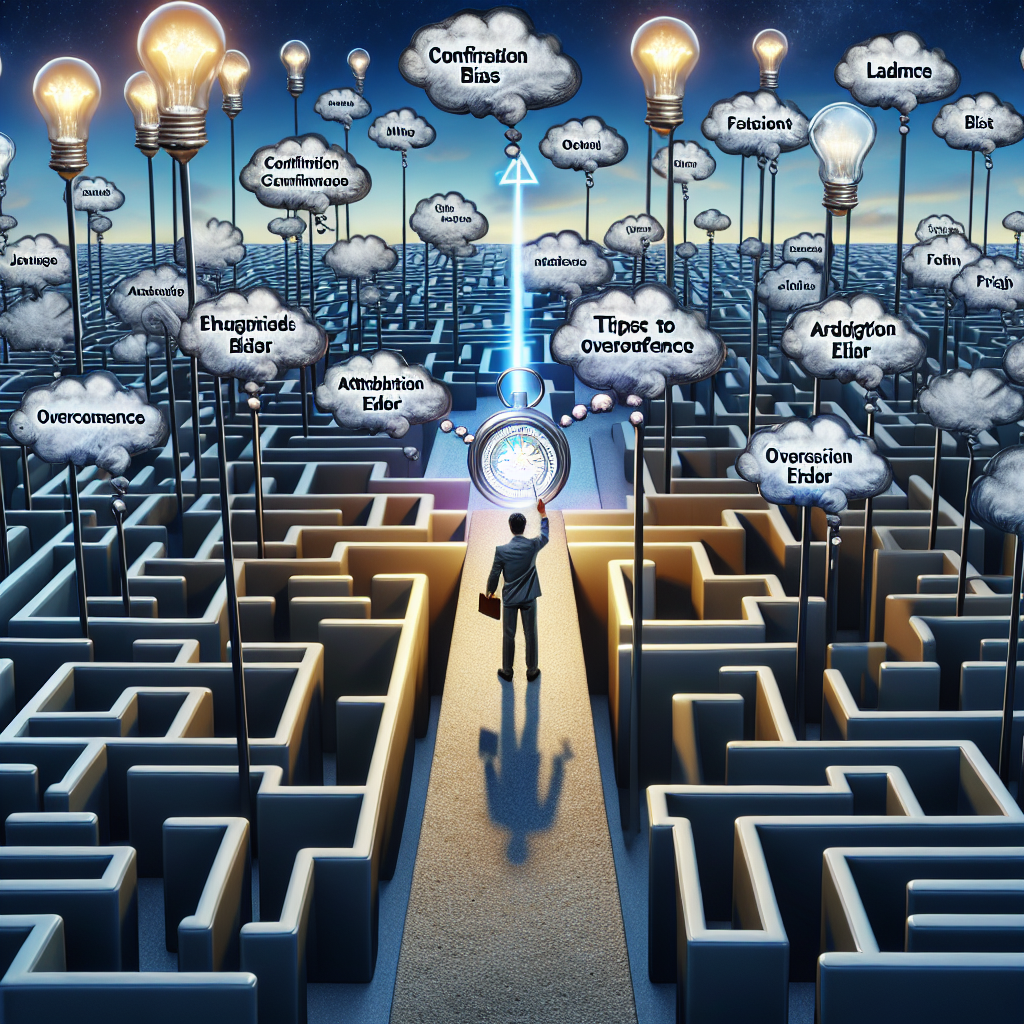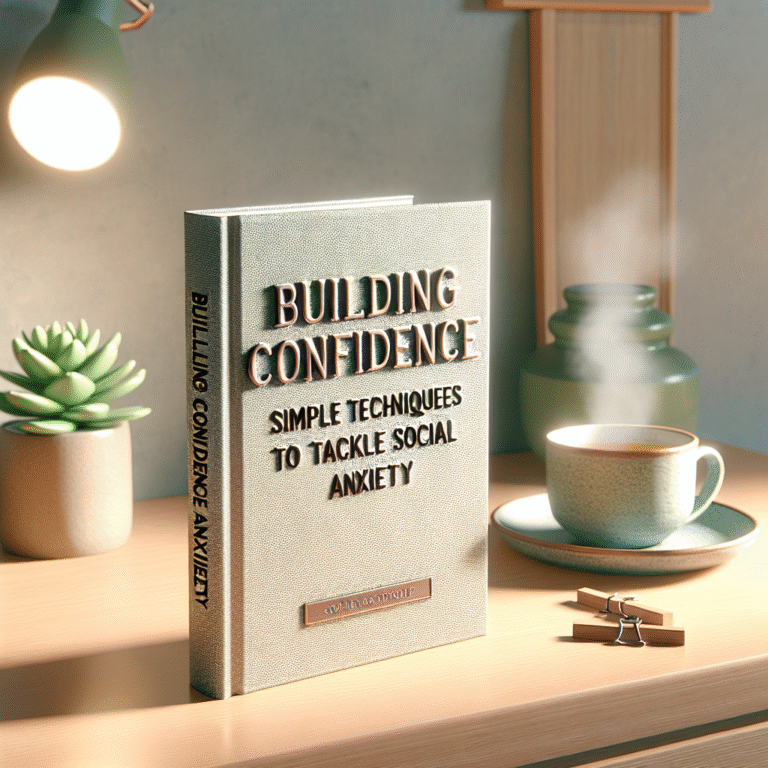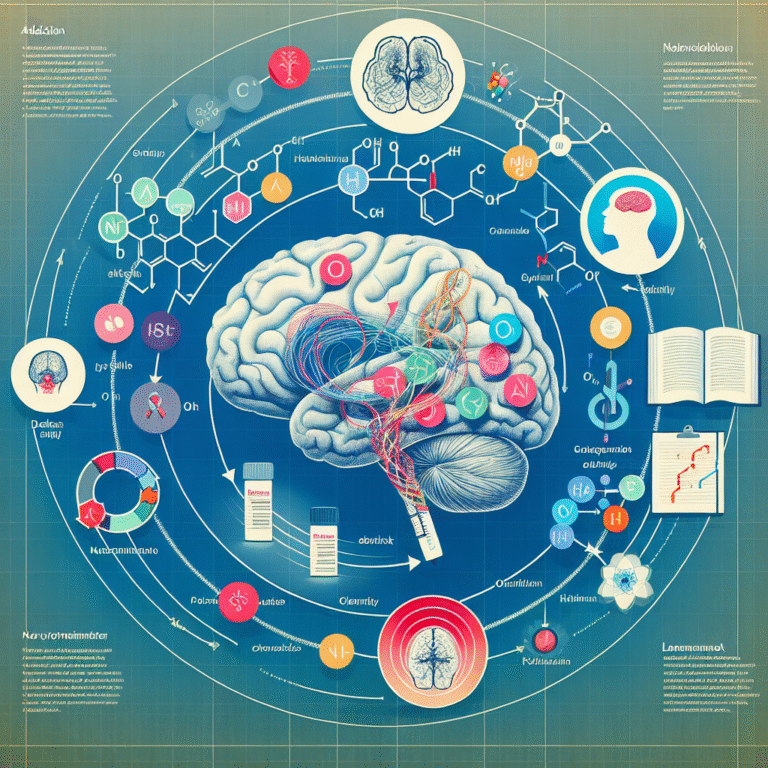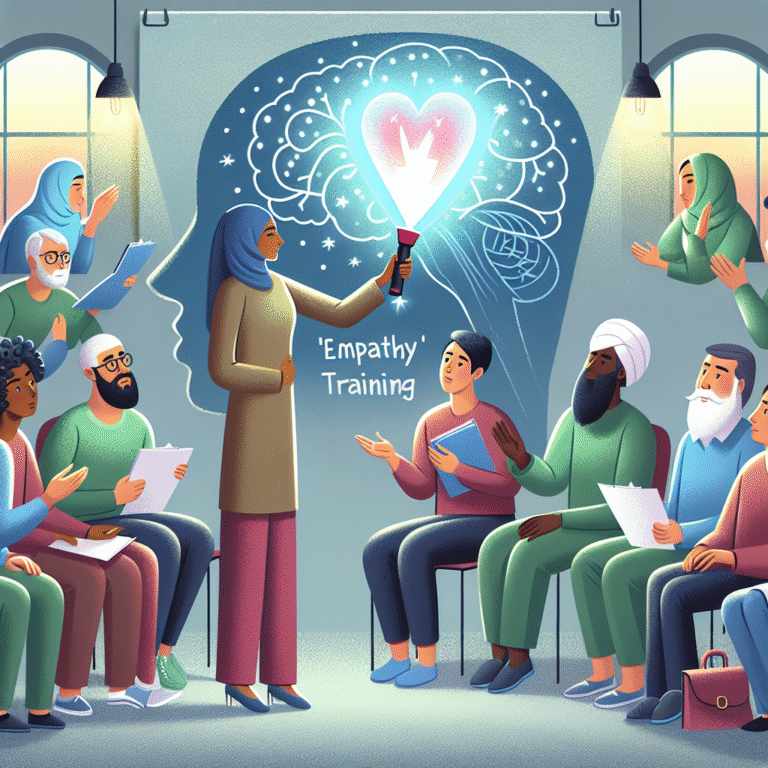
Introduction
In a world bombarded with information, the need for clear and effective judgment has never been more crucial. We face countless decisions daily—some trivial, but others that significantly impact our lives. But how do we know if our decision-making processes are sound? Often, we aren’t even aware of the cognitive biases that may be distorting our judgment. In this article, Navigating the Maze of Cognitive Biases: Tips to Sharpen Your Judgment, we will delve into the intricate web of cognitive biases, how they influence our thinking, and actionable strategies to mitigate their effects on our judgments.
Understanding Cognitive Biases
Cognitive biases are systematic patterns of deviation from norm or rationality in judgment. They can manifest as illogical reasoning, misinterpretation of data, or an innate tendency to make decisions based on emotion rather than evidence.
Common Cognitive Biases
- Confirmation Bias: The tendency to search for, interpret, and remember information that confirms one’s preexisting beliefs.
- Anchoring Bias: Relying too heavily on the first piece of information encountered when making decisions.
- Overconfidence Bias: Overestimating one’s knowledge or abilities.
- Availability Heuristic: Making judgments based on immediate examples that come to mind.
- Dunning-Kruger Effect: A cognitive bias where individuals with low ability at a task overestimate their ability.
Understanding these biases is the first step in navigating the maze of cognitive biases. By being aware of them, you can take proactive steps to mitigate their effects.
The Real-World Impact of Cognitive Biases
Case Study: The 2008 Financial Crisis
The 2008 financial crisis serves as a compelling example of cognitive biases at play. Leading up to the crisis, many investors and financial analysts displayed overconfidence bias and confirmation bias. Many believed that the housing market would continue to rise indefinitely, ignoring warning signs and contrary data. This collective overconfidence contributed significantly to the financial meltdown.
Analysis
The 2008 crisis illustrates how cognitive biases not only affect individual judgment but can also lead to systemic failures. To make better decisions in the face of such biases, one must actively seek contradictory information rather than solely relying on existing beliefs.
Tips for Navigating the Maze of Cognitive Biases
1. Shift Your Mindset: Embrace Skepticism
When evaluating information or making decisions, it’s essential to adopt a skeptical mindset. Challenge your assumptions regularly.
Action Steps
- Ask Questions: Instead of taking information at face value, ask how you arrived at that conclusion.
- Seek Out Contradictory Information: Deliberately look for data or opinions that challenge your stance.
2. Leverage Diverse Perspectives
Surrounding yourself with individuals from different backgrounds and perspectives can significantly reduce the influence of cognitive biases.
Action Steps
- Create Diverse Teams: In a workplace setting, encouraging a mix of viewpoints can enrich decision-making processes.
- Engage in Debates: Healthy debates allow conflicting ideas to surface, which can clarify your thinking.
3. Implement Decision-Making Frameworks
Using structured frameworks can help eliminate biases when making decisions.
Popular Frameworks
- The Six Thinking Hats: This method encourages individuals to look at problems from different perspectives.
- Cost-Benefit Analysis: Assess the potential outcomes by weighing the pros and cons.
4. Use Data and Analytics
In an age of data, basing decisions on solid analytics can provide a firmer foundation than intuition.
Action Steps
- Data-Driven Decisions: Whenever possible, refer to data that backs up your decisions.
- Regular Reviews: Periodically revisit and analyze your previous decisions against actual outcomes.
Enhancing Judgment through Mindfulness
Mindfulness can be a powerful tool in enhancing judgment and decision-making. Being present and aware can aid in recognizing emotional responses that may cloud judgment.
Case Study: Mindfulness in Business
Companies like Google have incorporated mindfulness practices into their training programs, resulting in improved employee performance, better teamwork, and enhanced decision-making capabilities.
Analysis
Mindfulness helps individuals recognize when biases are at play. By being aware of your thought processes, you can examine them critically, leading to sharper judgments.
Conclusion
In conclusion, navigating the maze of cognitive biases is not just an essential skill; it is a pathway to making better, more informed decisions in your personal and professional life. By implementing the tips outlined in this article, you can begin to sharpen your judgment and overcome the subjective impediments that cognitive biases impose.
Key Takeaway
Remember, it is not enough to be aware of cognitive biases; proactive steps must be taken to counteract them. Embrace skepticism, leverage diverse perspectives, structure your decisions, and cultivate mindfulness. As you sharpen your judgment, you will not only enhance your decision-making skills but also enjoy a greater level of confidence and success in all your endeavors.
FAQs
1. What are cognitive biases?
Cognitive biases are systematic patterns of deviation from norm or rationality in judgment, affecting how we think, perceive, and make decisions.
2. How do cognitive biases affect decision-making?
Cognitive biases can cloud our judgment and lead us to make decisions based on flawed reasoning or incomplete information.
3. Can cognitive biases be eliminated entirely?
While cognitive biases cannot be entirely eliminated, they can be recognized and mitigated through awareness and structured decision-making techniques.
4. What role does mindfulness play in reducing cognitive biases?
Mindfulness enhances self-awareness, allowing individuals to recognize emotional responses and biases that may influence their judgments.
5. How can I create a more diverse decision-making team?
Encourage diverse backgrounds and perspectives within teams, and promote a culture where disagreement and alternative viewpoints are welcomed.
By equipping yourself with an understanding of cognitive biases and the strategies to counteract them, you’ll be better prepared to navigate the complexities of decision-making, ensuring that the judgments you make are not only sound but also reflect a more accurate understanding of reality.











